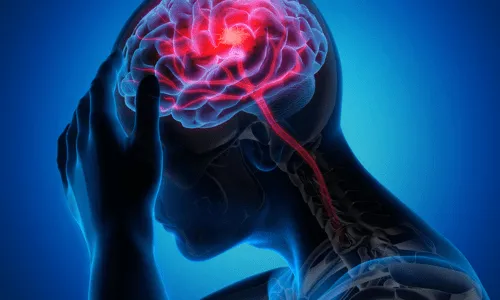
15 - 11 -2024
news
A stroke is a sudden and serious medical condition that occurs when blood flow to a part of the brain is interrupted, depriving it of oxygen and nutrients. This disruption can lead to the death of brain cells, affecting physical and mental functions controlled by the affected brain area. Stroke is a leading cause of disability and death worldwide, and recognizing its early signs and potential treatments is crucial for recovery and long-term health. What is a stroke? A stroke happens when there is a sudden disruption the blood supply to the brain. Causes and Risk Factors for Stroke High blood pressure: one of the biggest risk factors for stroke. Smoking damages blood vessels and increases the risk of blood clots. Diabetes: High blood sugar levels can damage blood vessels. High Cholesterol: Increases the chance of blood vessel blockages. Obesity and Physical Inactivity: Can lead to conditions like high blood pressure and diabetes. Symptoms of Stroke Recognizing stroke symptoms early can significantly improve outcomes. Face drooping: One side of the face may droop or feel numb. Arm weakness: One arm may become weak or numb. Speech difficulty: Speech may be slurred or hard to understand. Time to call emergency services: Seek immediate help if any of these signs are present. How Ayurveda Views Stroke (Pakshaghata) In Ayurveda, stroke is referred to as Pakshaghata, often associated with an imbalance in the Vata dosha (one of the three main bodily energies in Ayurveda). When Vata becomes imbalanced, it disrupts the nervous system, leading to symptoms like weakness, loss of sensation, and paralysis, which align with those seen in stroke patients.